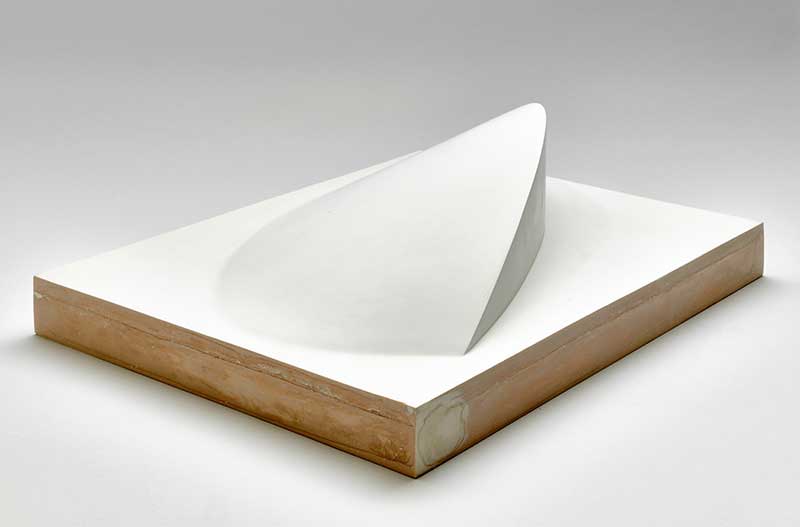The term modernismo (modernism) was first coined by the Nicaraguan poet Rubén Darío in the 1880s. Originating in the Hispanic world, modernism was primarily developed as a literary style which sought to disrupt traditional styles inherited from Western colonisers and to use this new style for the political critique of Imperialism.
Modernism in Latin America has become defined by this politicisation and the relation between coloniser and colonised. Though in the visual arts Latin American Modernism shared many formalist tropes with European and American avant-garde movements, the subject of the work was deeply rooted in the local and indigenous experience.
It is this formulation of modernism that José Gabriel Fernández responds to, and is influenced by, in his work. In particular, Fernández incorporates the rhythm, geometry and spatialism of modernism into his work. Latin American Modernist literature sought to disrupt the perceived bourgeois language of the colonisers, using staccato form and playing with syntax, as well as incorporating local dialect into their writing, they sought to create rupture in the rhythm of the language. Fernández’s Lingam, (2017) adopts this same approach, the smooth line and surface of the kidney shaped form is disrupted by the attachment of the cylindrical shape, which alters the overall composition. Similarly, his works on paper in which he creates geometric reliefs at varying depths cause the disjunction of the material’s surface.
Clement Greenberg, the foremost theorist of Western Modernism, defined the style in relation to enlightenment rationalism and self-consciousness. Modernist painting should, according to Greenberg, reflect its own a priori characteristics and limitations. The modernism that was developed by artists in Latin America in the twentieth century, however, rejected this positivism as a rigid and simplistic set of values. Latin American Modernism instead sought to be inclusive of complexity, depth and flexibility.

Untitled, 2003-14. José Gabriel Fernández
Modernism in Latin America took influences from collage, not only as a means of causing disruptions for political ends, but also its reversal of the figure/ground relationship. It is this element of Modernism in particular that Fernández explores in his work. His sculpture, Untitled, (2003/2014), presents a semi-dome-like shape on square ground, with a diagonal diameter which causes shadow to fall on the square, thereby completing the dome. The work playfully questions the notion of the positive and negative form. His large-scale sculpture, Erotes (2011), uses various depths to distort its shape, offering the viewer an engagement with various forms.
Fernández’s work continues the formal experimentation of Latin American Modernism while at the same time presenting a contemporary approach through his use of modern industrial materials and contemporary forms
(By Alexandra MacKay)
